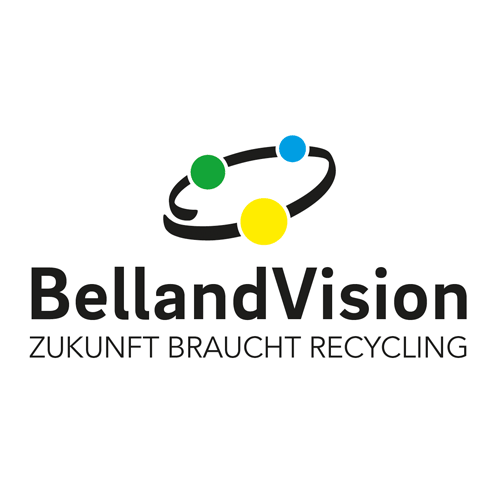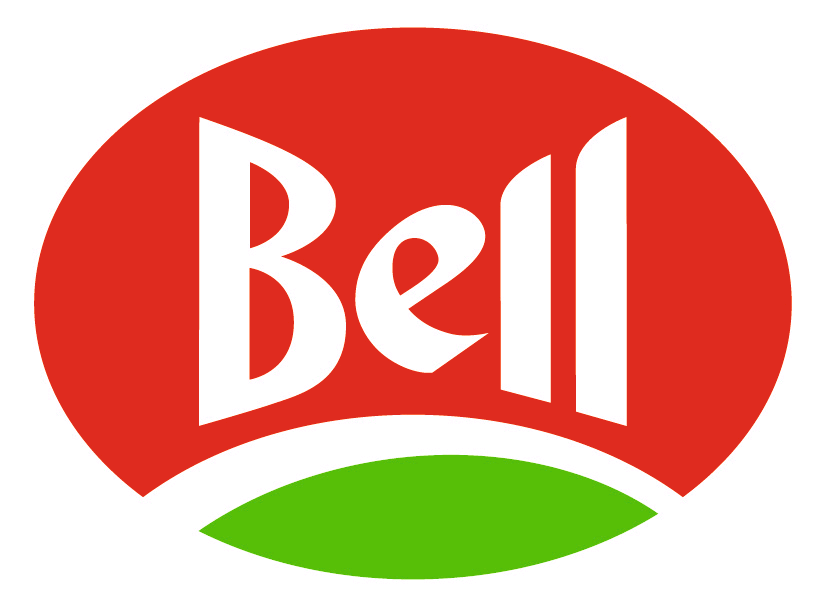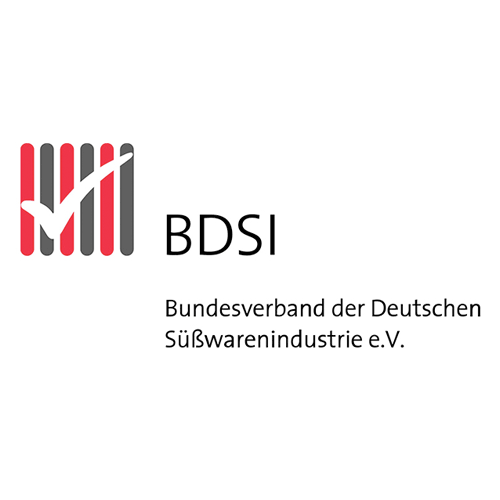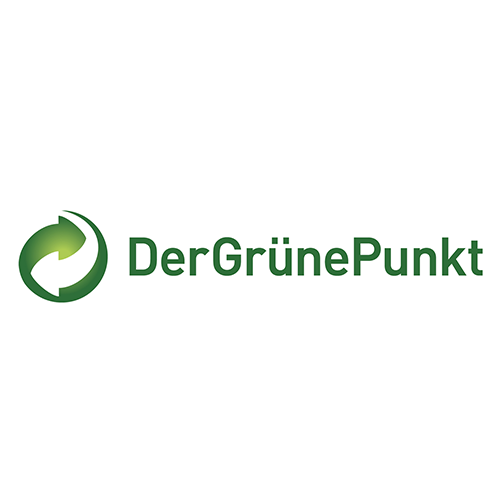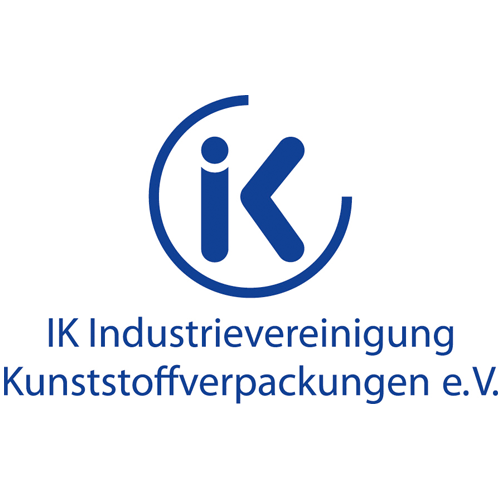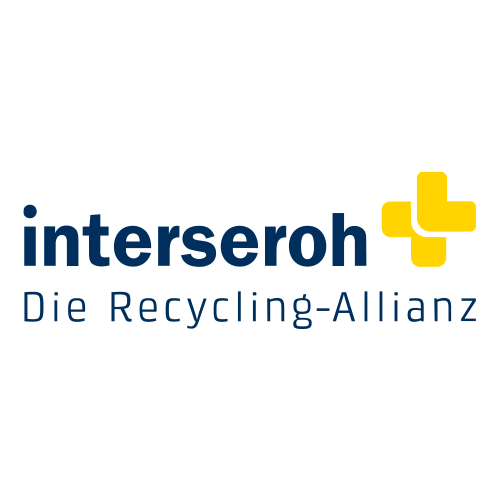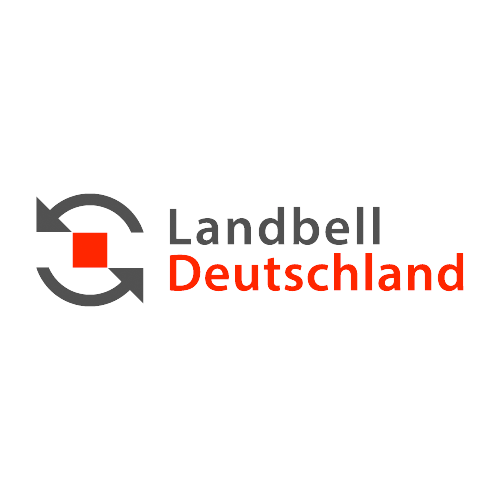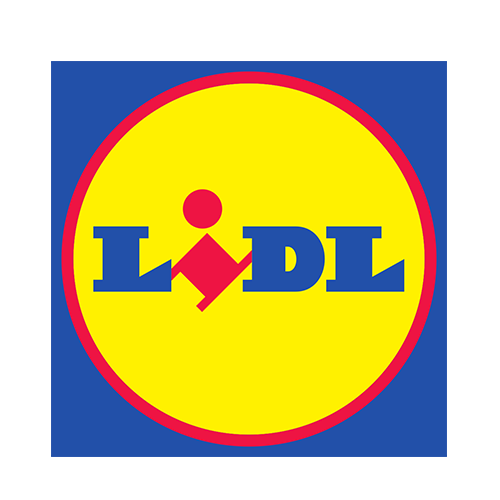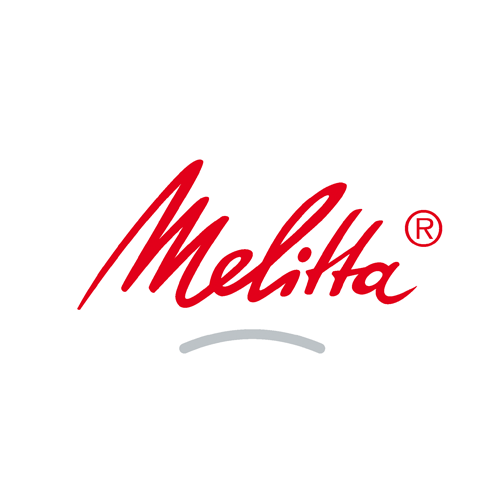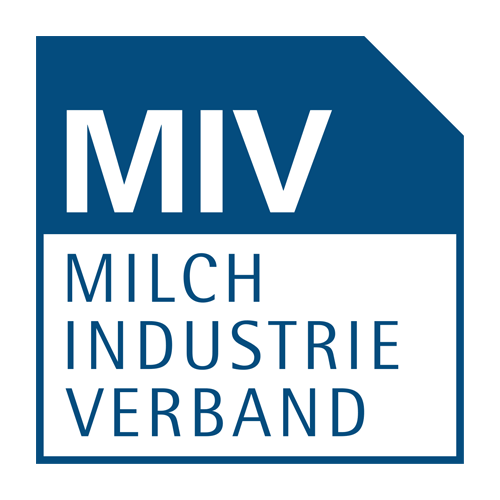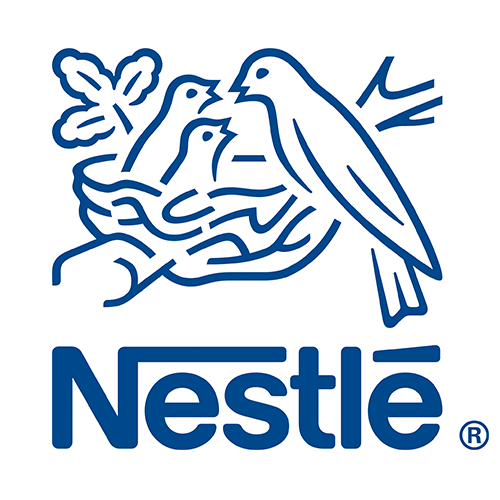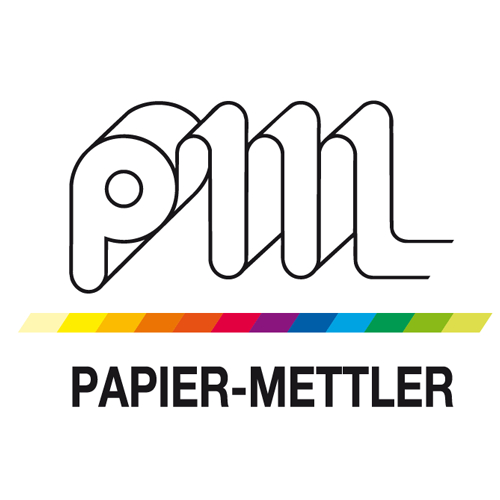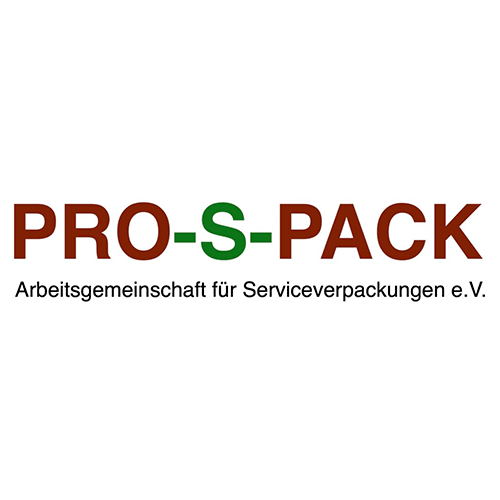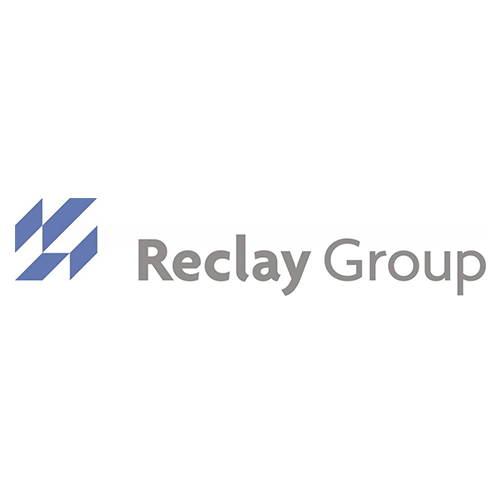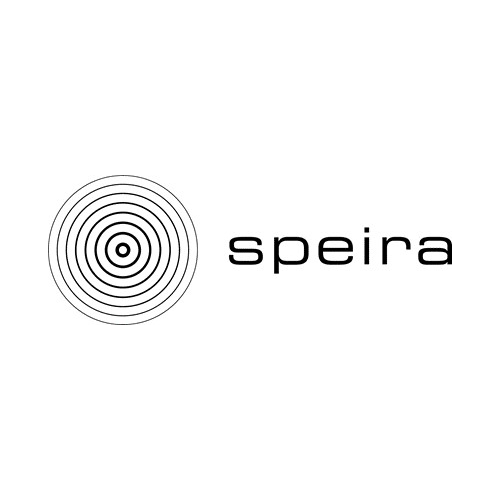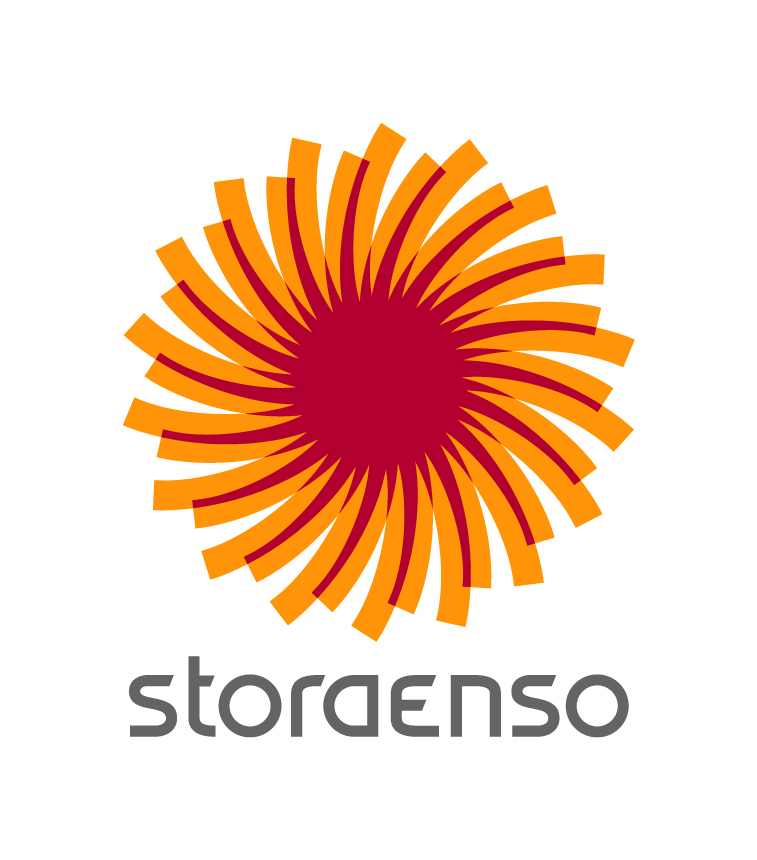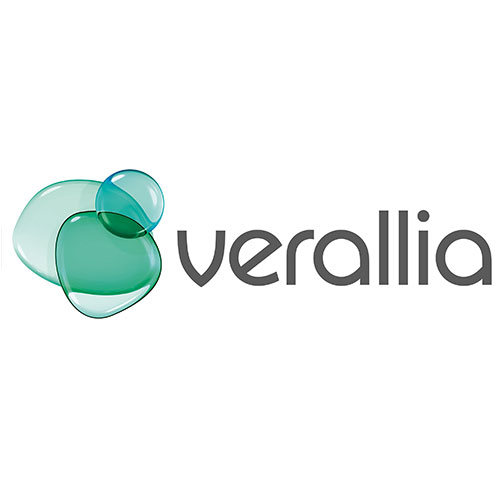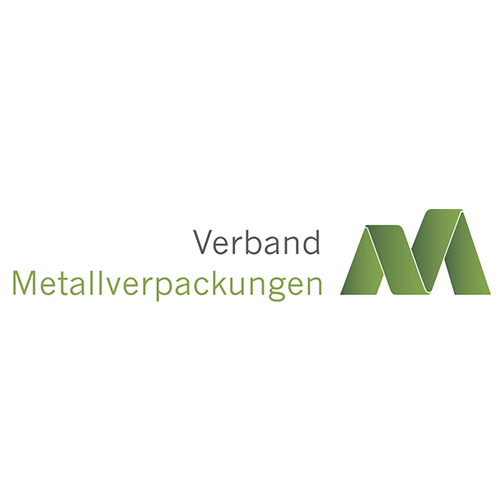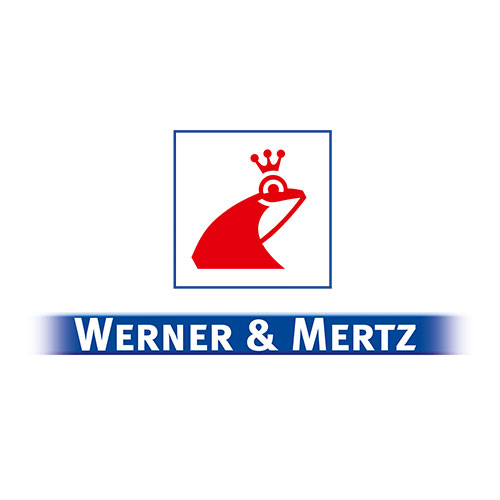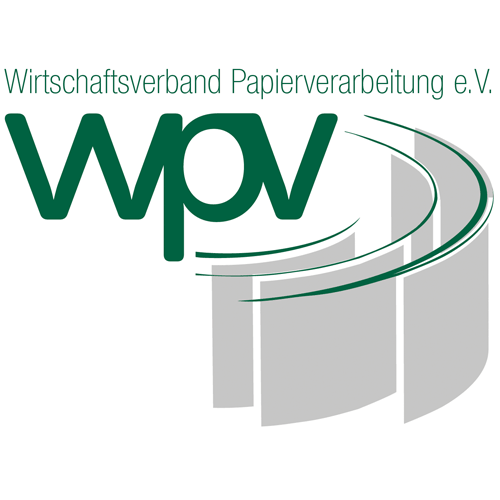Packaging and Sustainability
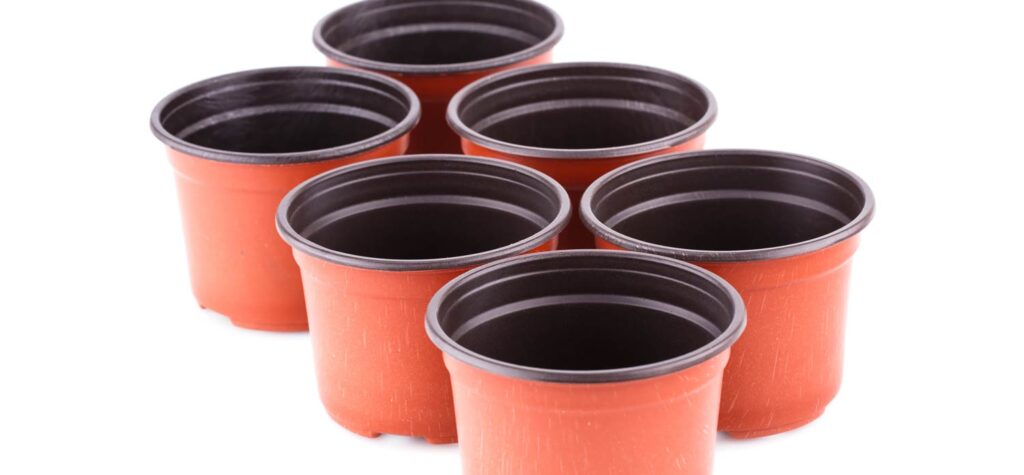
Polypropylene (PP)
Manner and Scope of the Material’s Use
- Polypropylene (PP) is similar in its properties and construction to polyethylene and a thermoplastic synthetic material closely related to the hard PE (HDPE). With PP, a wide variety of application-related material properties can be generated, which have been significantly further developed over the recent past. In this regard, PP is also used as a monomaterial in a variety of applications, from the packaging sector to consumer goods applications all the way to the automotive sector, electrical appliances, construction, pipes and much more. In the packaging sector, PP is the second-strongest fraction after PE, accounting for about 21 % of the market.
- PP belongs to the group of standard synthetic materials and was first produced in the 1950s, 20 years after polyethylene or PVC, making it a comparatively “young” synthetic material.
Material Use During Manufacturing
- Just like PE, PP is a fossil-based synthetic material when produced conventionally. In the last few years, the transition of PP from oil to efficient natural gas as a raw material basis has been rigorously pursued so that today, PP today is one of the most raw-material efficient standard synthetic materials produced out of all all the new synthetic materials by mass.
Collection / Sorting / Recycling
- PP used for sales packaging in the retail trade is collected by the dual system at households nationwide in Germany.
- Using near-infrared technology allows the individual types of synthetic materials in the sorting plants to be separated. Today a sorting accuracy of up to 98 % is achieved.
- PP is generally good for recycling. Thermal recycling, in which only water and carbon are generated, does not pose any problems, releases a large amount of energy through which fossil raw materials can be saved.
Development / Background / Outlook
- The energy consumption required for the production can be significantly reduced by the use of recycled material.
- With help from the various material-related processes, the used synthetic material packaging can be either remelted directly into new products or processed into regranulate. This grained recycled synthetic material is a cost efficient alternative to new material and high-quality raw material for the synthetic material processing industry.
- In contrast to the long-globally traded recycled HDPE, LDPE and PET, PP recyclates have only been able to buy in noteworthy amounts for a few of years. Post-consumer quantities coming from the German collection system, which are marketed as copolymer-like types and used in a large number of applications, from automobile parts to flower pots, are used in this regard.





